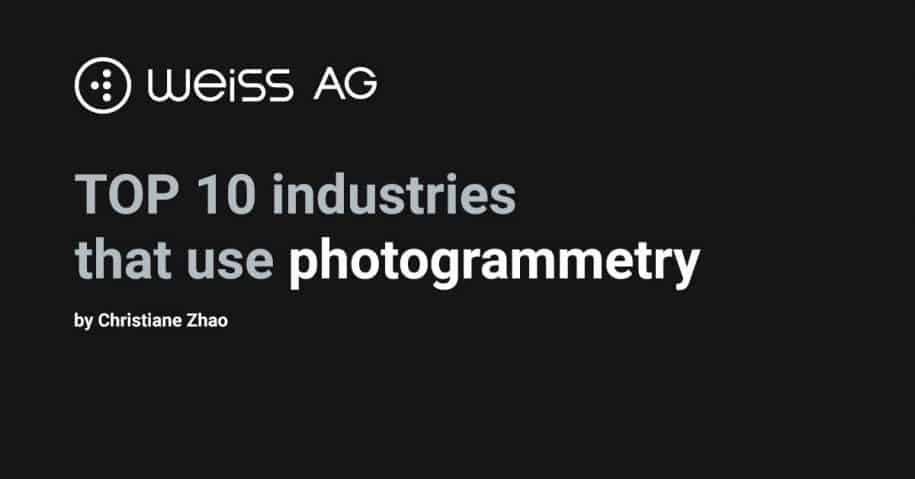2020 is a special year since the coronavirus outbreak became a serious global challenge for all industries worldwide. Technology opens a window for many companies and organizations to establish new boundaries with their audiences and associated partners. While everyone is trying to speed up digitalization from personal to an organizational level, we are listing the top 10 industries that are embracing 3D photogrammetry technology in 2020 onward.
What is photogrammetry?
Photogrammetry is nearly as old as photography itself. Photogrammetry is a technique for capturing 3D photographs and assembling them into 3D models. A photogrammetry scanner can be a phone, camera or a professional high precision scanner, like Civetta.
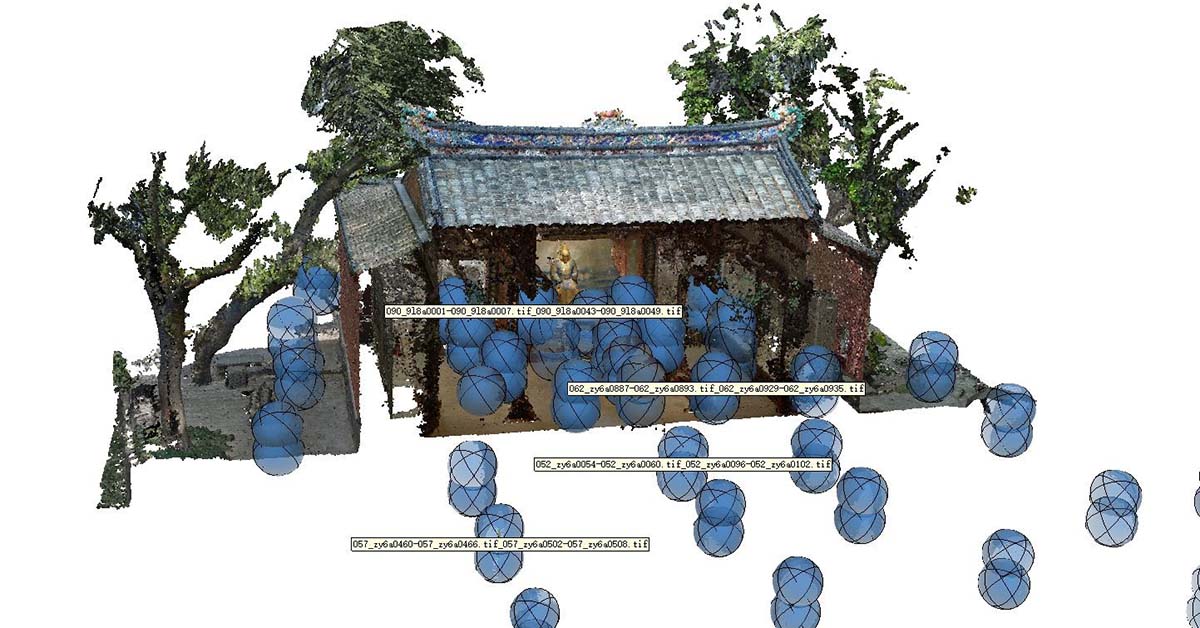
1. Cultural Heritage
In the past years, 3D photogrammetry scanning, visualization, and reconstruction became more popular in cultural heritage. Cultural heritage faces challenges such as natural disaster, natural ageing, destruction, armed conflicts and more. Given the travel restriction due to the coronavirus pandemic, more attention and public funding are going towards digitalization. Photogrammetry remains the best way to produce a highly precise digital twin with rich details, textures, lighting and colors. With the scanned data and 3D models, professionals can reconstruct a realistic media form for the public and academic to access. The pandemic also gave the public an entirely new opportunity to adopt a new way to engage with our historical places and heritage, both visually and spiritually.
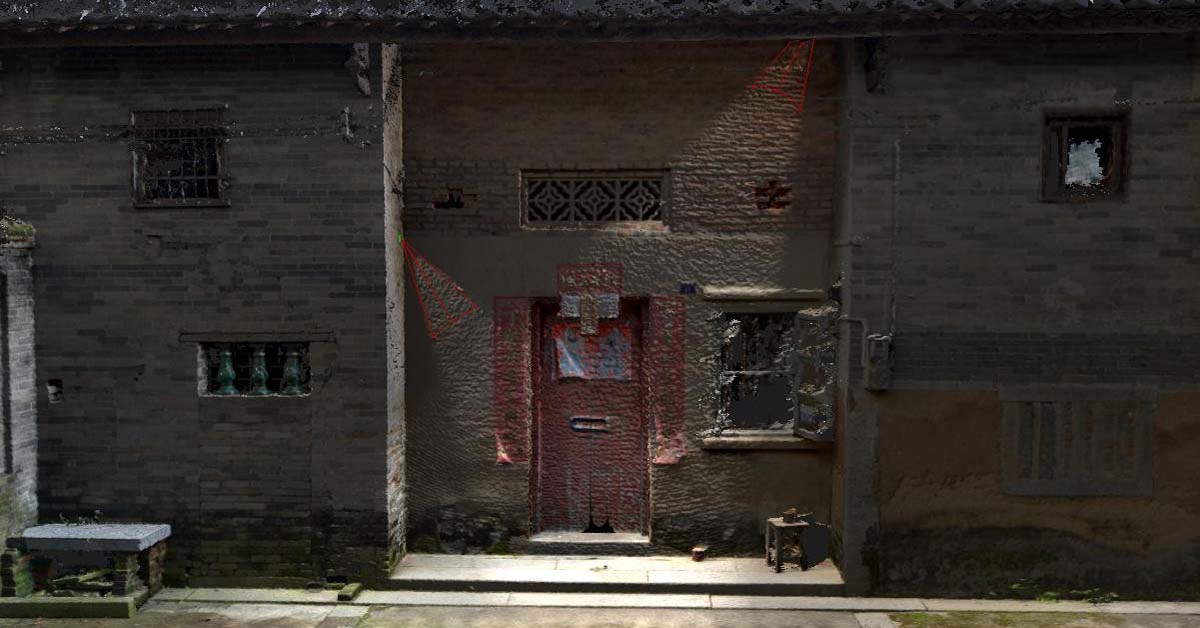
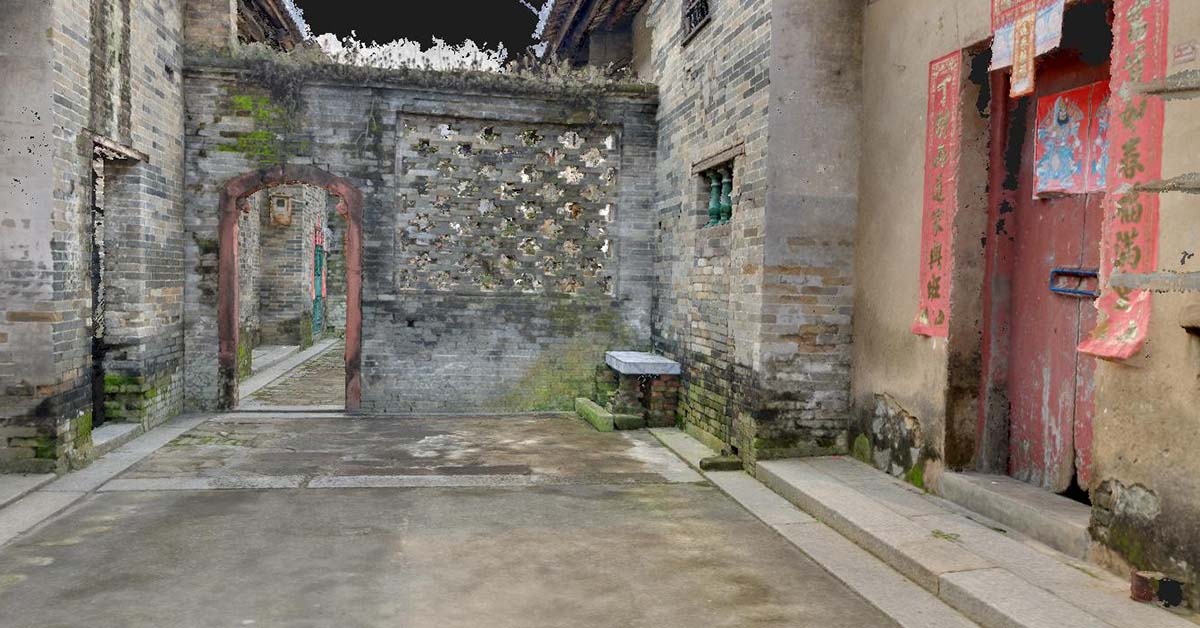
#For these two photos, visualization and animation are made with #NUBIGON
3D Models can do a lot more than just as a digital twin of the physical heritage, but act as a map of a project —- heritage-related projects in the documentation, reconstruction, maintenance or curation. With hyperlinks, users can connect all digital assets to a specific location or even point of a 3D point clouds model.
Check out this video

2. Museums & Art Galleries
Museums and art galleries have tasted the sweets and bitters throughout the entire 2020. Under more tremendous financial pressures and barriers to visits, museums and galleries finally decided to embrace new media and 3D technology to transform their physical presents to virtual. These museum & gallery’ experts widely use 3D photogrammetry technology to capture and document their exhibition halls and collections. Digital identity has been created not just for the museum but also for a single piece of their collection — these are later used as the raw materials for virtual tour, virtual management, and virtual curation.
Check out this video example of virtual curation
Check out this video example for virtual exhibition


3. News & Journalism
3D photogrammetry method enables an entirely new way for the reader to explore a real environment given by the journalists, yet virtually. Since late 2019, the New York Times’ team has researched practically and implies photogrammetry for their Internet readers to interact with a 3D point cloud city block while reading a related article explaining the story and details. The team planned to use photogrammetry to report issues among neighborhoods and investigative reporting and crime-scene analysis.

The way of interaction has been simplified to the scrolling of the mouse in an article page, yet the result is stunning. Two great existing examples have released the enormous possibilities of implying such a capture technology on these traditional online news feed.
The first example is a series of walks around town experience for the Chinatown in New York. When you are scrolling down a street in Chinatowns, frames of old photos will pump up on the street for comparison. Viewers can pay attention to the details and wander through a story non-linearity in a street, block, or even the entire city region. All of these can be done with photogrammetry. Only it can perfectly show the vibrant colors, textures or even the ever-changing light conditions of the space.
NY Times Example: NY Times Chinatown, Resilent and Proud

Another example is a 3D reconstructing journalistic scene made by the Research & Development team in the New York Times. Also, only with clicking and scrolling, you can visually explore the 360-degrees of an artists’ loft in Rhode Island. With your mouse keep scrolling down, the room’s objects will become more in detailed and shaped. It has indirectly showcased to any reader the logic behind photogrammetry —– the more usable photos you took about an object from all angles, the more accurate and complete your 3D models will be. The 360 VR experience of a 3D model is implanted in a traditional article setting, which is a strong statement of embracing 3D photogrammetry technology in future journalism.
NY Times Example:
Reconstructing Journalistic Scenes in 3D
Reconstructing Journalistic Scenes in 3D
4. Oil & Gas Industries
Oil and Gas industries are the pioneers in using 3D photogrammetry, especially for offshore platform documentation and maintenance. While laser scanning has been used for accurate BIM documentation, photogrammetry can visualize detailed details that cannot be captured by laser scanning, such as drainage patterns, vegetation changes, color changes, soil anomalies, and formational outcroppings and more. 3D mapping (with photogrammetry scanner like the Civetta) can quickly and comprehensively obtain the entire offshore platform’s health status. These visualized data, including 360 panorama images and 3D models, can be visually managed and notes, documents, audio, and videos before sent to the onshore office. During the pandemic, traveling became significantly difficult, and the risk of infection is also high among offshore platforms. 3D photogrammetry can quickly capture all the essential details and support engineers and management team to make decisions based on virtual details but not just a single photo or notes.
See example here: https://share.weiss-ag.com/gasandoil/
5. E-commerce & Online Shopping
The pandemic forced a big push to an online e-commerce store, where the customers are spending a greater amount of time browsing and shopping online. 3D photogrammetry has produced 360-degrees VR photo series and 3D models for customers to closely view and even interact with these products they are about to shop. Researches also show videos, VR and 3D models bring more extraordinary shopping experience for customers, and these new media are expected to get more involved in the e-commerce space. Given some automatic product capturing machine, a visual asset management platform can automatically store and distribute product portfolios.
Check here for examples of VAM2 connected with PhotoRobot: VAM2 release notes/
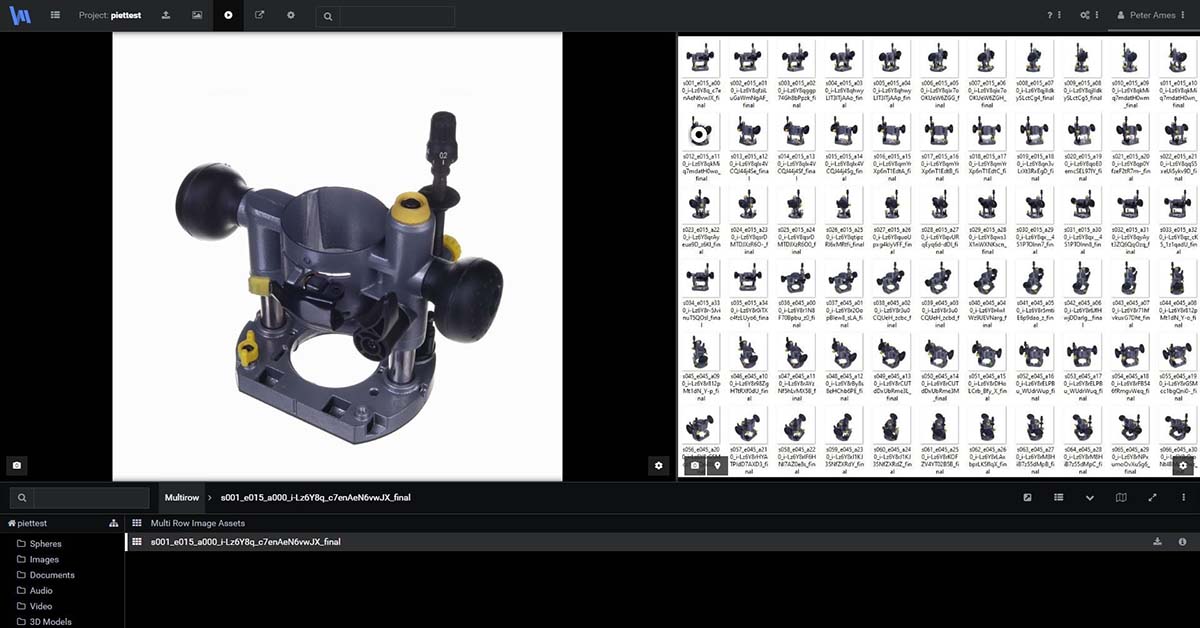
6. Tourism
Certainly, 2020/21 has and is a disastrous year for the tourism industry: cancelled flights, restriction on border entry and closure of public areas. Some see it as an opportunity for growth for smart tourism and virtual tourism. Quick and precise capture of 360 panorama images, videos, and 3D point clouds enable a more comprehensive range of internet citizens to explore the space. 3D photogrammetry technology combined with other technology, such as digital mapping, creates a more digitally accessible experience, with a broader audience, more significant interaction and larger scales.
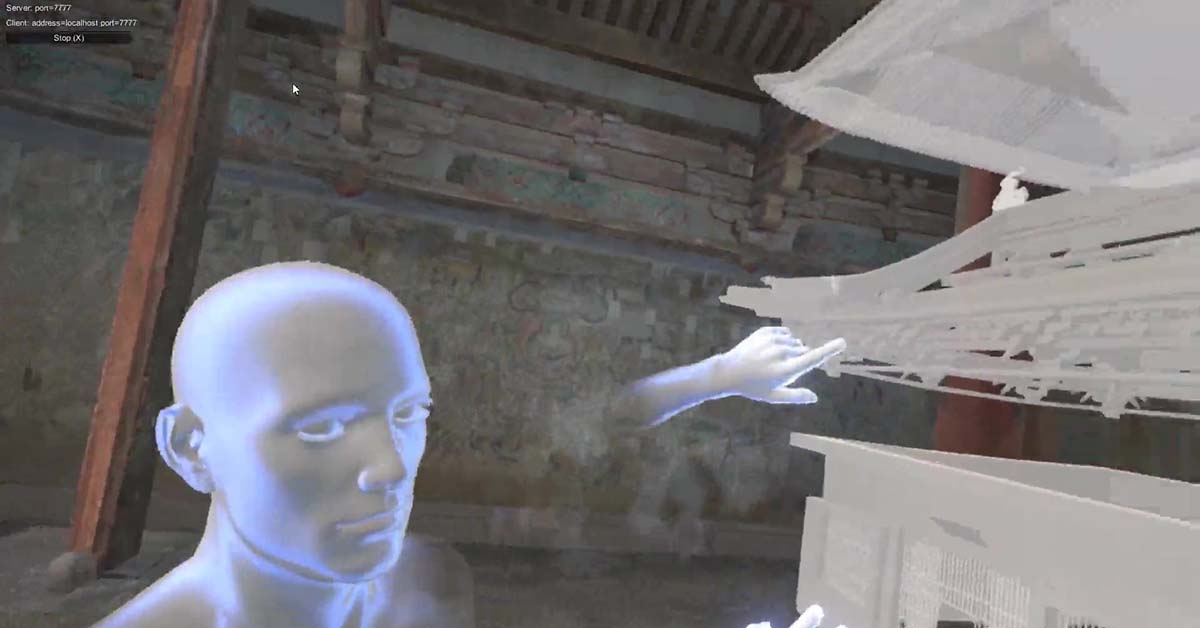
7. Civil Construction & Architecture
While laser scanning is dominating the construction field, the industry has still foreseen the 3D photogrammetry technique’s unique potential. Photogrammetry and photogrammetric measurements have been used for material testing and measurements in civil engineering.
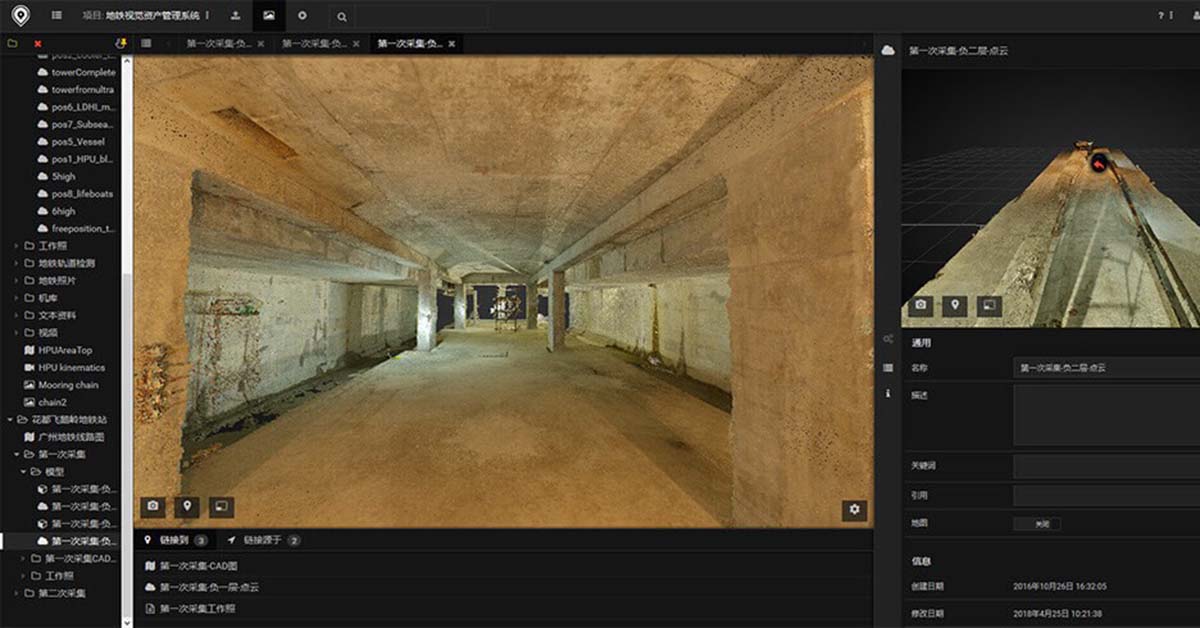
8. Marketing & Advertisement
3D models and 360 panorama images are more likely to be adopted for digital marketing in 2020. Photogrammetry technology revolves around communication and how well marketers can communicate information to their potential customers with an additional aspect — 3D. 3D models and panorama offer the market a bit more information on the webpages and help the company shape its brands using advanced technology.
Not surprisingly, some more platforms and websites gain their abilities to showcase and store 3D models. While most of these platforms can only showcase low solution files, a management system can view and keep any 3D models with the unlimited file size (like VAM2.com). With the photogrammetry technique, a 3D model can look like a real object, if you also consider online rendering Felix Render UK.

9. Training & Education
While virtual training has been around for 20 years, 2020 and 2021 are the real turning points for entities to rethink e-training and education. Pandemic and quarantine bring high hope on virtual e-training and online education, especially for safety training, maintenance inspection, interactive presentation and more. E-Training usually involves 360 videos, 360 panorama VR as well as 3D models. With the maturity of VR and 3D, companies can produce interactive environments themselves. Thus, students can have an excellent user experience in specific sites via they are away in a traditional classroom or meeting room. Photogrammetry technology enables developers to build a virtual training program via a real-life setting, such as exhibition halls, playgrounds, school, oil rig platform, airplanes and more. One can also consider remix photographs, videos and 3D point clouds.

10. Film, Gaming and Entertainment
The entertainment industries became more and more important for a lock down year like 2020 and 2021. Photogrammetry technology has been widely adopted and used in films for years, gaming and entertainment industries; artists and technicians are saving a lot of time creating scenes / shots if they are built upon on real photographs or 3D models. With the advancement of game realism, more film-like product techniques are being used in a game for visualization. As video games continue to improve their reflections of reality into the 2020s, graphical accuracy will remain a core game element. If you would like to capture a very high-quality HDR photo for gaming and film, you should consider the most precise 230 megapixels, 360-degrees camera in the market — Civetta.
Author: Christiane Zhao
